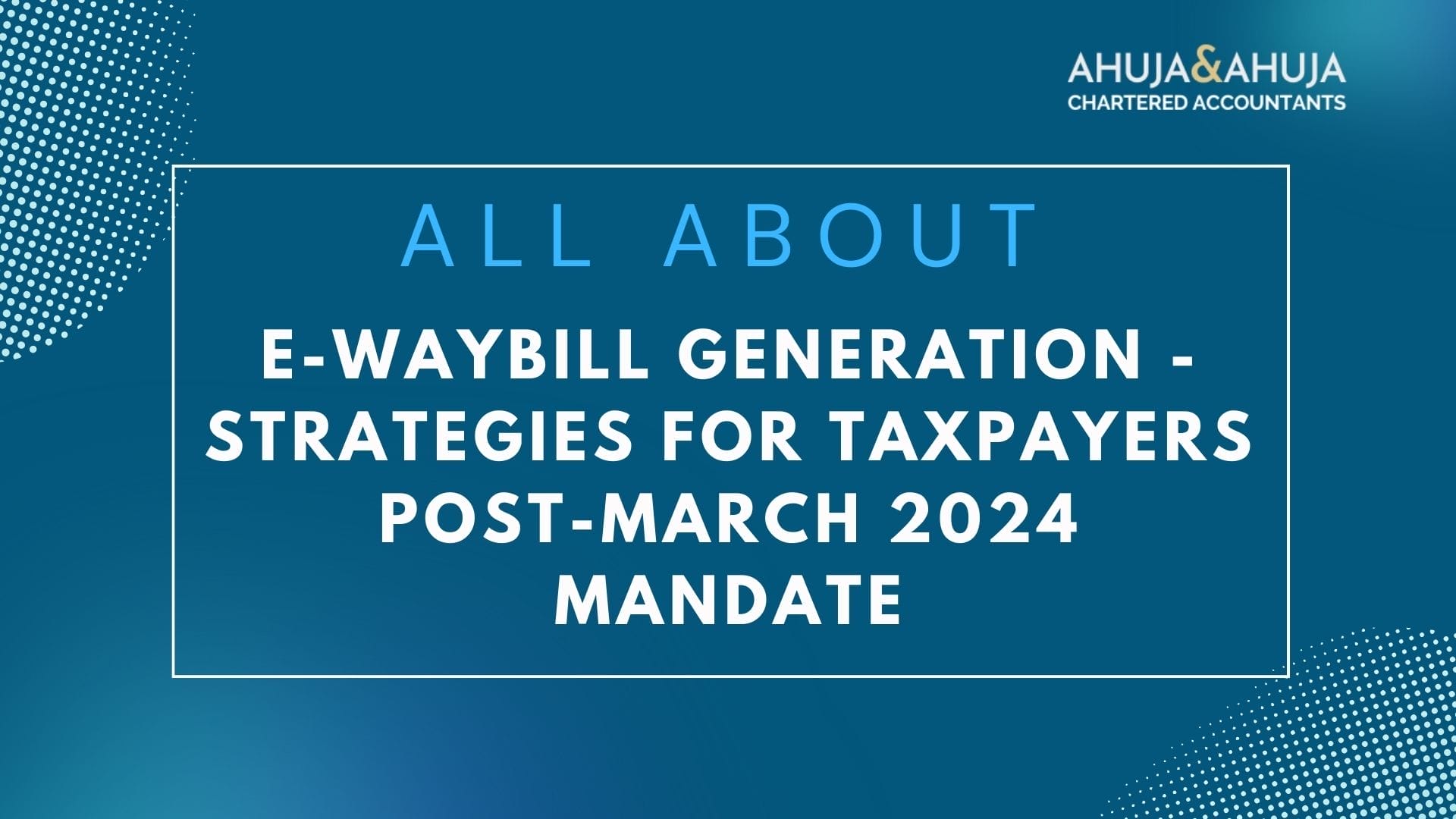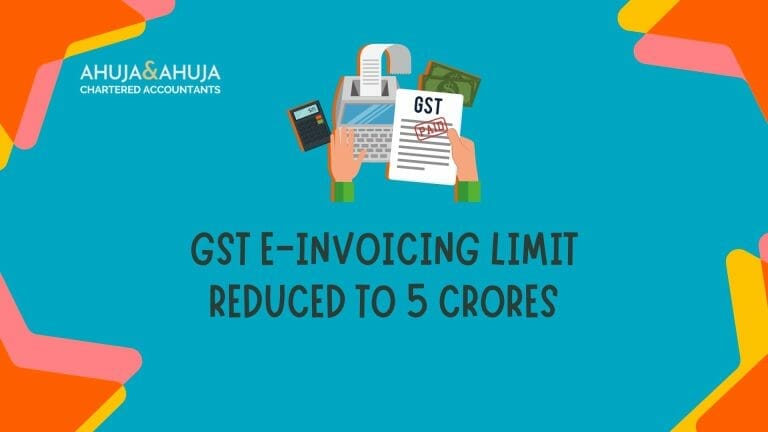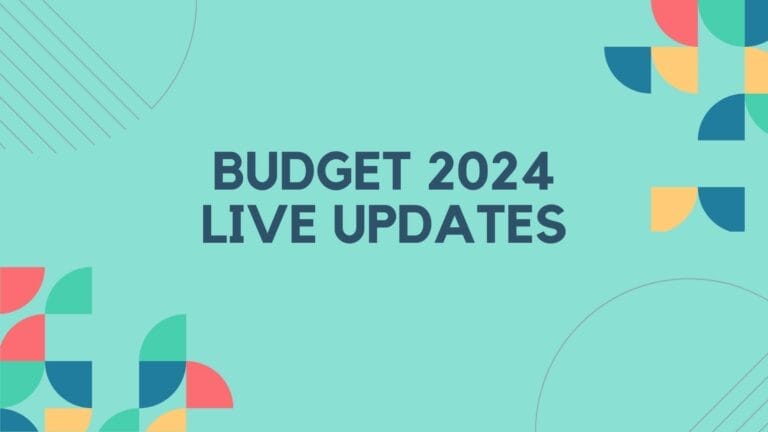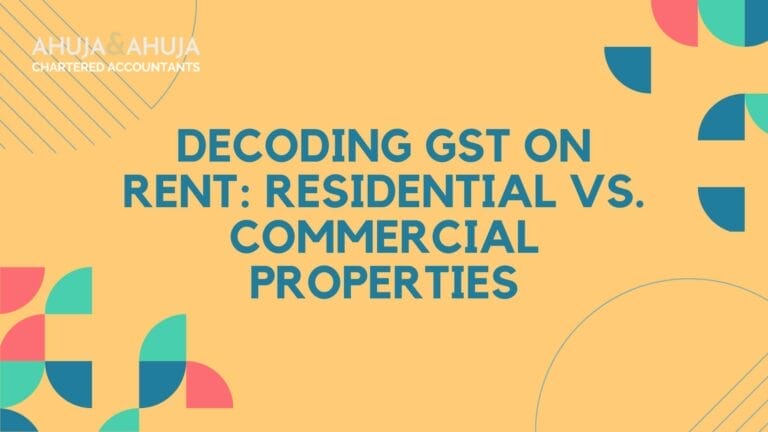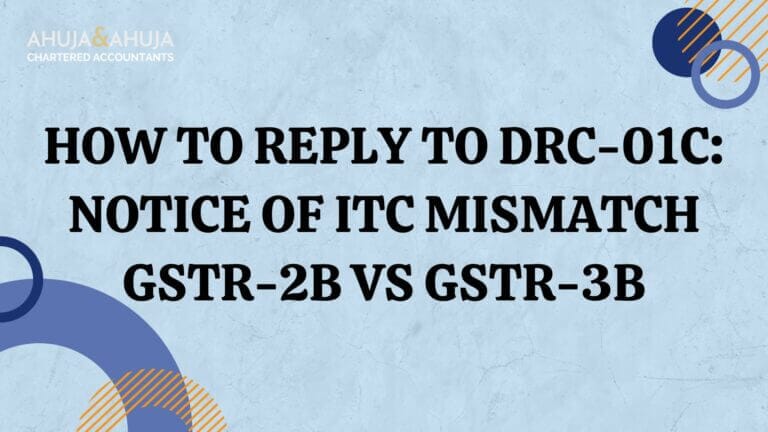E-Invoice Integration in E-Waybill Generation – Strategies for Taxpayers Post-March 2024 Mandate
As the complexities of global business evolve, so do the requirements for regulatory compliance. Starting from March 1, 2024, India’s Goods and Services Tax (GST) law will undergo a significant change as the government implements a new mandate. As per this directive, the generation of E-waybills is now conditional upon the inclusion of E-invoice details. This change is aimed at increasing transparency, reducing tax evasion, and making the GST policy more efficient.
Detailed Explanation of New Mandate
This new regulation applies to e-invoice enabled taxpayers who deal with supplies under Business-to-Business (B2B) transactions and exports. The change implies that without recording e-invoice details, the generation of E-waybills will now be impossible.
Increased transparency through the mandatory inclusion of e-invoice details in E-waybills works towards ensuring better monitoring of transactions, and thus, plugging leakages. While this system has been in operation for larger businesses, it’s now being extended to SMEs, making it all the more inclusive. Also, with the application to exports under the LUT regime, it covers a broader range of transactions.
Implications of New Mandate
The implications of this new policy are multifaceted. Tax compliance will become more streamlined as the reconciliation between transactions recorded in e-way bills and e-invoices becomes more robust. This mandatory linkage aims to eliminate discrepancies that can lead to tax evasion.
For businesses, particularly those in logistics, there will be a significant impact. The seamless movement of goods, previously managed with just the E-waybill, will now require diligent e-invoicing practices. It is expected to increase the administrative tasks involved in moving goods across the country.
However, a synchronized system of e-invoices and E-waybills promises benefits as well. It brings about standardized documentation procedures and reduces the need for multiple data entries, which can often lead to errors. This, in turn, will be advantageous in promoting a more efficient and transparent tax system in India.
As stakeholders in the logistics and transportation sector digest these changes, a need for awareness and preparedness becomes evident. Businesses will need to make sure their ERP or accounting systems are fully integrated to facilitate the real-time generation of e-invoices and the consequent E-waybills.
Furthermore, with the GST refund services improving through tech integrations, businesses can expedite their receivables and maintain a healthy cash flow — a crucial aspect of managing the increased compliance load.
Technical Requirements and Adjustments
Fulfilling these new compliance requirements will necessitate a range of technical adjustments. Companies must update their systems to ensure they can seamlessly generate e-invoices that meet the criteria for E-waybill generation. This involves integrating their current GST software with APIs provided by the GST Network (GSTN).
The amendments might also warrant process changes, such as ensuring that Sales and Dispatch departments work more closely to prevent any delays in documentation that could affect shipments and logistics operations. Training for staff will be key to understanding these new rules and utilizing the technology effectively.
Guidance for Seamless Transition
To navigate through this change efficiently, businesses must take proactive steps. Here’s a roadmap for a seamless transition:
- System Update: Upgrade your accounting and billing systems to ensure they are equipped to handle the e-invoicing and linked E-waybill generation. If you have not yet adopted an integrated system, now is the time to do so.
- Staff Training: Educate your finance, sales, and logistics teams about the upcoming changes and ensure they are trained on the new systems. Clear understanding will mitigate errors and prevent shipment delays.
- Early Adoption: Begin testing the new process before it becomes a mandate. Early adoption can help you identify any teething issues and rectify them without the pressure of a looming deadline.
- Vendor & Customer Coordination: Coordinate with your vendors and inform your customers about the change in process. This will help ensure that your supply chain does not suffer any disruptions.
- Expert Consultancy: Consider consulting with GST experts who can offer comprehensive GST-related services, ensuring that your business is on the right track with compliance and making the most of the new system.
- Process Redesign: Redesign your business processes if necessary, to align with the new e-invoicing and E-waybills requirements, optimizing for efficiency and compliance.
- Regular Compliance Checks: Once the system is in place, perform regular audits to ensure everything is functioning as it should be, and you remain compliant with the new mandate.
Possible Challenges and Solutions
Adopting a new system is not without its challenges; however, these can be managed with the right approach. Here are some potential challenges and their solutions:
- Integration Issues: Misalignment between existing systems and the e-invoicing system can create integration issues. Solution: Engage IT and software experts to ensure your systems are fully compatible.
- Network Problems: Connectivity issues can hinder real-time generation of e-invoices. Solution: Implement a robust IT infrastructure and consider cloud solutions for better reliability.
- Staff Hesitance: Resistance to change can be a barrier. Solution: Conduct comprehensive training and provide support to ease the transition for staff.
- Data Errors: Manual data entry can lead to errors in e-invoicing. Solution: Automate as much as possible and implement stringent data review protocols.
Frequently Asked Questions (FAQs)
The transition to e-invoicing paired with E-waybill generation can raise several questions. Here’s a rundown of some FAQs to provide you with clarity:
How will this change impact my existing E-waybill process?
From March 1, 2024, your existing E-waybill process will require a linked e-invoice for B2B and export transactions. Without e-invoice details, E-waybills cannot be generated, which is essential for the legal transportation of goods.
What are the penalties for non-compliance with the e-invoicing mandate?
Non-compliance can result in penalties, including financial fines and potentially the detention of goods. The exact penalties are dictated by GST law, and non-compliant transportation of goods might be treated as evasion of GST.
Can the e-invoicing be integrated with my current software?
Integration depends on the flexibility and capabilities of your current software. Most modern accounting software solutions are designed to be adaptable to such changes, but it is critical to consult with your software provider.
Will this affect the speed of my business transactions?
Initially, there may be a slight learning curve that could affect the speed of transactions. However, once your business processes are aligned with the new mandate, e-invoicing could streamline and expedite transactions and logistics operations.
Conclusion
As regulatory landscapes shift, it is incumbent upon businesses to adapt to maintain operational fluency and compliance. The mandatory generation of E-waybills with e-invoice details is a substantial move towards transparent and efficient business practices in India.
To smoothly transition to the new system by the March 1, 2024 deadline, start by understanding the requirements, updating your systems, training your staff, and, if necessary, seeking expert guidance to ensure nothing is left to chance. As challenges arise, remember that the solutions are within reach, and the benefits of compliance are manifold.
With an eye on the future, this integration of e-invoicing with E-waybill generation is anticipated to propel India’s GST compliance into a new era of operational excellence. Businesses that are prepared will not only avoid the pitfalls of non-compliance but can also look forward to reaping the rewards of an efficient tax system.
Disclaimer
The materials provided herein are solely for educational and informational purposes. No attorney/professional-client relationship is created when you access or use the site or the materials. The information presented on this site does not constitute legal or professional advice and should not be relied upon for such purposes or used as a substitute for professional or legal advice.

